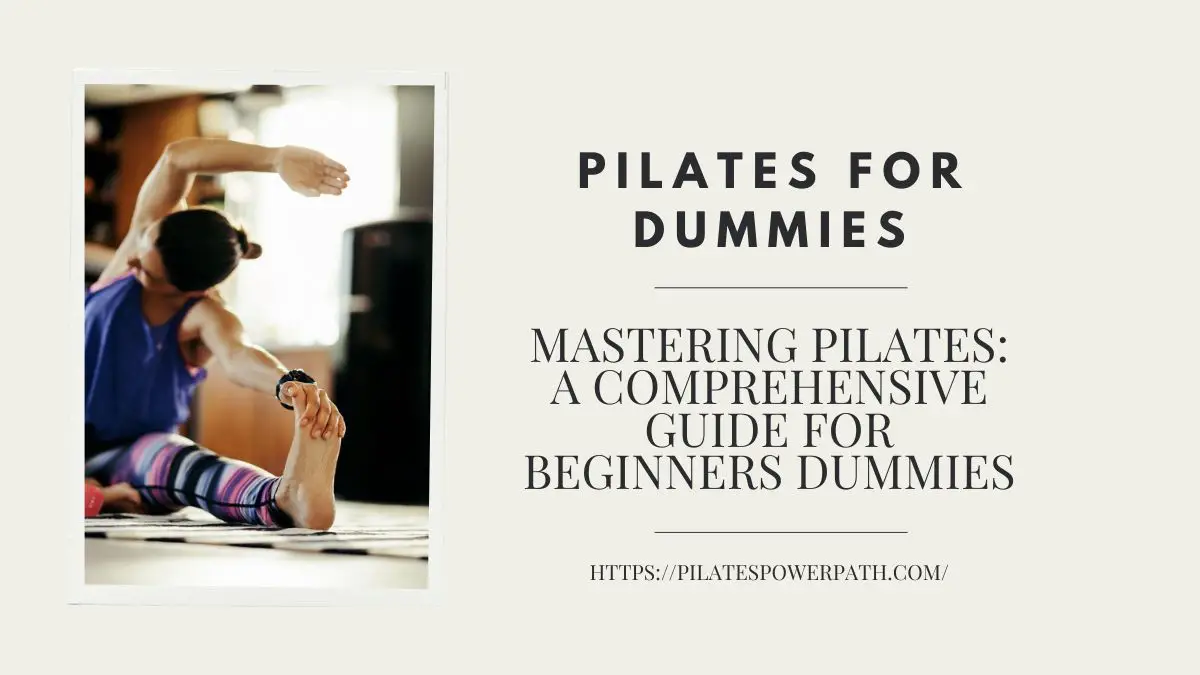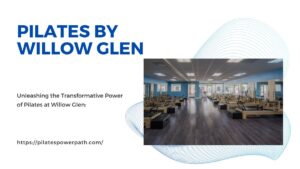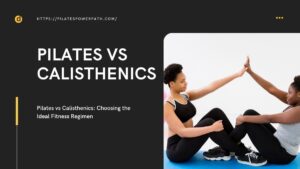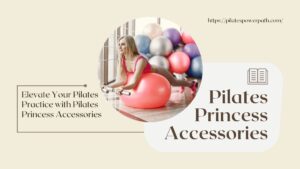Welcome to the world of Pilates, where strength meets flexibility, and the mind connects with the body. Whether you’re a fitness enthusiast looking to elevate your workout routine or someone seeking to improve posture and alleviate stress, Pilates offers a holistic approach to wellness. In this comprehensive guide, we’ll delve into the fundamentals of Pilates, explore its myriad benefits, and provide practical tips for dummies to embark on their Pilates journey with confidence.
Understanding Pilates:
What is Pilates?
Pilates is a form of exercise that focuses on strengthening the body’s core muscles while improving flexibility, posture, and overall physical coordination. Developed by Joseph Pilates in the early 20th century, this practice emphasizes controlled movements, proper breathing, and mindful concentration to achieve optimal results.
Pilates is characterized by a series of exercises performed on a mat or specialized equipment such as the Reformer, Cadillac, or Chair. These exercises target specific muscle groups, with an emphasis on alignment and precision to promote stability and balance throughout the body.
Principles of Pilates
Central to the practice of Pilates are its six core principles:
- Concentration: Mindful focus on each movement, connecting the mind with the body.
- Control: Precise, intentional movements executed with grace and fluidity.
- Centering: Cultivating awareness and strength from the body’s center, known as the “powerhouse.”
- Flow: Seamless transitions between exercises, maintaining a continuous rhythm and momentum.
- Precision: Attention to detail and alignment to maximize effectiveness and prevent injury.
- Breathing: Coordinating breath with movement to enhance oxygen flow, promote relaxation, and engage the deep core muscles.
Read More: Unleashing the Transformative Power of Pilates at Willow Glen:
Benefits of Pilates
The benefits of Pilates extend beyond physical fitness to encompass mental and emotional well-being. Some key advantages include:
- Improved Core Strength: Pilates targets the deep abdominal muscles, pelvic floor, and back muscles, leading to greater stability and support for the spine.
- Increased Flexibility: Through controlled stretching and lengthening exercises, Pilates enhances flexibility and range of motion, reducing the risk of injury and promoting better posture.
- Better Posture: By strengthening core muscles and aligning the spine, Pilates helps correct postural imbalances, alleviating strain on the neck, shoulders, and lower back.
- Enhanced Mind-Body Connection: The mindful approach of Pilates fosters a deeper awareness of movement patterns, promoting mindfulness and stress reduction.
- Injury Prevention: By improving muscle balance and alignment, Pilates can help prevent injuries and aid in rehabilitation from existing injuries.
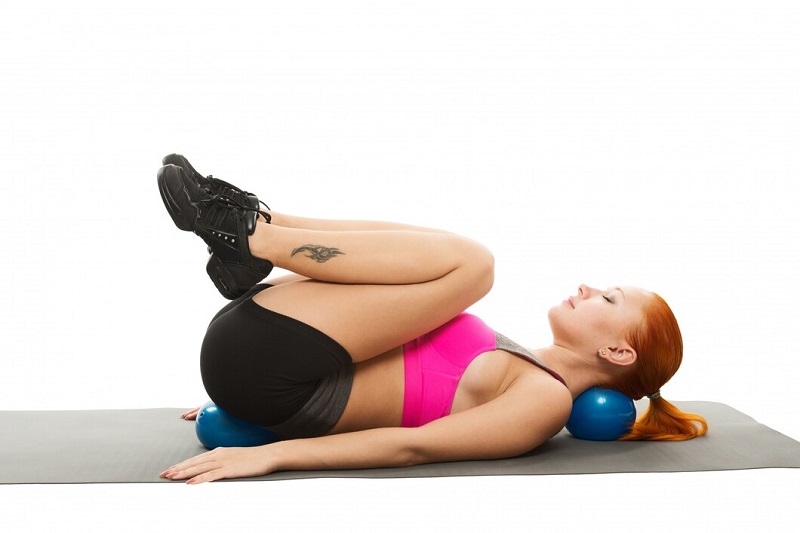
Getting Started:
Preparing for Pilates
Before diving into Pilates, it’s essential to lay the groundwork for a safe and rewarding practice.
- Consultation with a Healthcare Provider: If you have any underlying health conditions or concerns, consult with your healthcare provider before starting a new exercise regimen, including Pilates.
- Choosing the Right Pilates Instructor or Class: Look for certified Pilates instructors with experience working with dummies. Consider trying a variety of classes, such as mat Pilates or Reformer Pilates, to find the style that suits you best.
- Essential Equipment and Attire: While some Pilates exercises can be performed with just a mat, you may also encounter equipment-based classes that utilize props such as resistance bands, stability balls, or Pilates rings. Wear comfortable, form-fitting clothing that allows for ease of movement and avoid bulky or restrictive attire.
Basic Pilates Exercises
To familiarize yourself with Pilates fundamentals, start with these foundational exercises for dummies:
- The Hundred: Lie on your back with knees bent, and arms by your sides. Inhale deeply, then exhale as you lift your head, neck, and shoulders off the mat, extending your legs to a 45-degree angle. Pump your arms up and down in small, controlled movements while breathing in for five counts and out for five counts.
- The Roll-Up: Begin lying on your back with your arms extended overhead. Inhale to prepare, then exhale as you curl your chin to your chest and articulate your spine, rolling up to a seated position one vertebra at a time. Inhale at the top, then exhale to reverse the movement, rolling back down with control.
- The Single Leg Circle: Lie on your back with arms by your sides and legs extended. Lift one leg toward the ceiling, keeping the other leg grounded and the pelvis stable. Circle the lifted leg outward, down, and around, then back up to the center. Repeat in the opposite direction.
- The Bridge: Lie on your back with knees bent and feet hip-width apart. Inhale to prepare, then exhale as you lift your hips toward the ceiling, engaging your glutes and core. Hold for a moment at the top, then inhale to lower back down with control.
- The Swan Dive: Lie on your stomach with arms extended forward and legs hip-width apart. Inhale to lift your head, chest, and arms off the mat, lengthening through the spine. Exhale to lower back down with control, maintaining stability in the pelvis and engaging the back muscles.
Understanding Pilates Terminology
As you delve deeper into Pilates for dummies, you’ll encounter terminology that may be unfamiliar at first. Here are some key terms to know:
- Neutral Spine: The natural curvature of the spine when it is in a relaxed, aligned position.
- Pelvic Tilt: Tilting the pelvis forward or backward to engage different muscle groups and promote spinal alignment.
- Imprint: Flattening the lower back against the mat by tilting the pelvis, often used as a foundational position in Pilates exercises.
- Scoop: Engaging the deep core muscles, particularly the transverse abdominis, to support and stabilize the spine.
- C-Curve: A rounded position of the spine, resembling the shape of the letter “C,” often used in exercises such as the Roll-Up to articulate the spine sequentially.
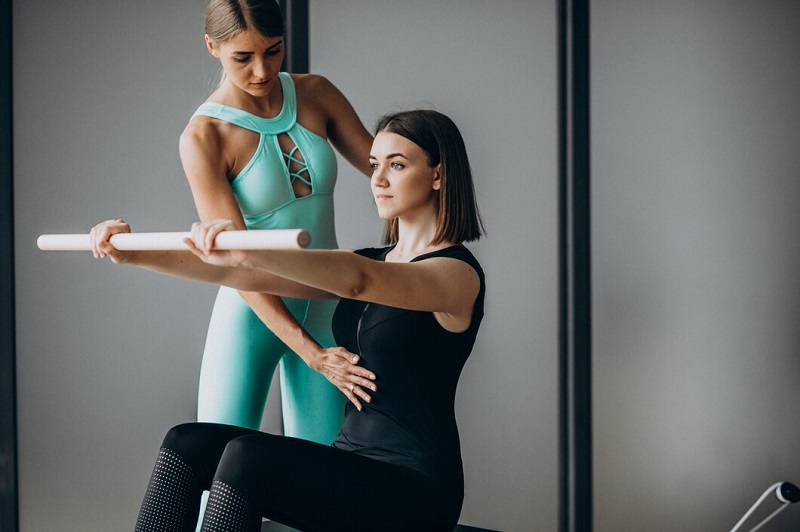
Progressing in Pilates:
Building Strength and Endurance
As you become more familiar with Pilates exercises and techniques, you’ll notice improvements in strength, endurance, and overall fitness. Consistency is key to progress, so aim to practice Pilates regularly, gradually increasing the intensity and duration of your workouts as your strength and stamina improve.
Incorporating Props and Equipment
While Pilates can be performed using just your body weight, incorporating props and equipment can add variety and challenge to your workouts. Resistance bands, stability balls, Pilates rings, and the Reformer machine are commonly used in Pilates classes to enhance resistance, support, and range of motion.
Exploring Different Styles of Pilates
Pilates offers a diverse range of styles and approaches to suit every preference and fitness level. From traditional mat Pilates to equipment-based classes like Reformer Pilates, Cadillac Pilates, and Chair Pilates, there are endless opportunities to explore and expand your Pilates practice.
Setting Realistic Goals and Tracking Progress
As you embark on your Pilates journey, take time to set specific, achievable goals that align with your personal aspirations and fitness objectives. Whether you’re aiming to improve core strength, increase flexibility, or simply enhance overall well-being, establishing clear goals will help you stay motivated and track your progress over time.
Overcoming Challenges:
Common Mistakes and How to Avoid Them
While Pilates offers numerous benefits, it’s essential to practice proper form and technique to avoid injury and maximize results. Common mistakes include overexertion, improper alignment, and lack of breath awareness. By paying attention to cues from your instructor and focusing on quality over quantity, you can minimize the risk of injury and optimize your Pilates practice.
Dealing with Muscle Soreness and Fatigue
As with any new exercise routine, it’s normal to experience muscle soreness and fatigue, especially during the initial stages of Pilates training. Listen to your body, take breaks as needed, and prioritize rest and recovery to allow muscles to repair and rebuild. Incorporating gentle stretches, foam rolling, and hydration can also help alleviate soreness and promote faster recovery.
Adapting Pilates for Injuries or Limitations
If you have pre-existing injuries or physical limitations, it’s essential to modify Pilates exercises to accommodate your needs and avoid aggravating any existing conditions. Work closely with your instructor to identify appropriate modifications and alternative exercises that can help you safely participate in Pilates classes while minimizing the risk of further injury.
Staying Motivated and Consistent
Maintaining motivation and consistency is key to long-term success in Pilates. Find activities and approaches that inspire you, whether it’s trying new Pilates classes, setting personal goals, or practicing mindfulness techniques to enhance your mind-body connection. Remember that progress takes time, so be patient with yourself and celebrate your achievements along the way.
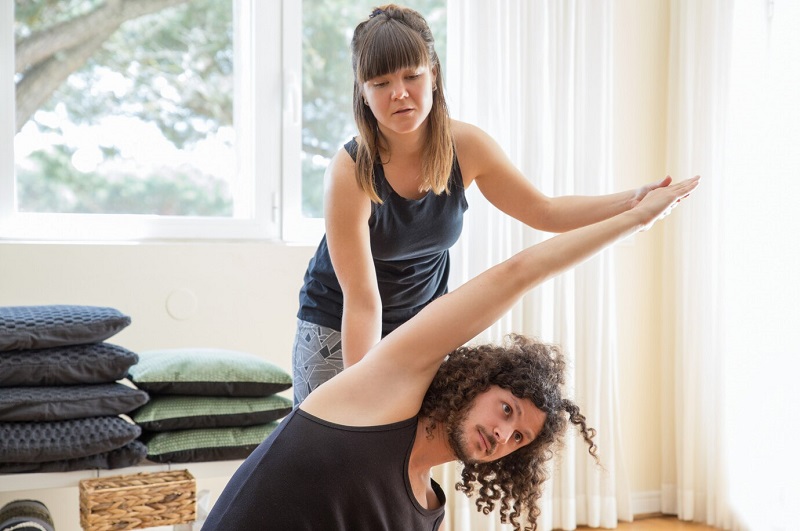
Integrating Pilates into Daily Life:
Creating a Pilates Routine
Establishing a regular Pilates routine is essential for making progress and reaping the full benefits of this practice. Whether you prefer to practice in the morning to energize your day or unwind with an evening session, find a time that works for you and commit to making Pilates a regular part of your daily or weekly schedule.
Incorporating Pilates into Other Workouts
Pilates complements a wide range of other physical activities, from strength training and cardio to yoga and dance. By incorporating Pilates exercises into your existing workout routine, you can enhance overall performance, prevent injuries, and promote greater balance, stability, and flexibility.
Applying Pilates Principles to Everyday Activities
The principles of Pilates—concentration, control, centering, flow, precision, and breathing—extend beyond the studio to everyday life. Whether you’re sitting at your desk, lifting groceries, or playing with your children, mindfulness and proper alignment can help prevent injury, improve posture, and promote overall well-being.
Maintaining a Balanced Lifestyle
In addition to physical exercise, maintaining a balanced lifestyle is essential for optimal health and wellness. This includes prioritizing adequate sleep, nourishing your body with wholesome foods, managing stress through relaxation techniques or meditation, and cultivating meaningful connections with others. By integrating Pilates into a holistic approach to self-care, you can achieve greater harmony and vitality in all areas of your life.
Conclusion
In conclusion, Pilates for Dummies, Pilates offers a transformative journey toward improved strength, flexibility, and overall well-being. By embracing the principles of Pilates, setting realistic goals, and integrating this practice into your daily life, you can unlock the full potential of your body and mind. Whether you’re a novice or seasoned practitioner, the key is to approach Pilates with an open mind, patience, and dedication to self-improvement.
FAQs about Pilates:
While Pilates primarily focuses on strength, flexibility, and overall fitness, it can contribute to weight loss when combined with a healthy diet and regular cardiovascular exercise. Pilates workouts burn calories and build lean muscle mass, which can increase metabolism and promote fat loss over time.
Pilates for dummies, Pilates is generally safe and adaptable for people of all ages, fitness levels, and body types. However, individuals with certain medical conditions or injuries may need to modify exercises or seek guidance from a healthcare professional before starting Pilates. Pregnant women should consult with their healthcare provider and seek out prenatal Pilates classes specifically designed for expectant mothers.
The frequency of Pilates practice depends on individual goals, preferences, and schedule constraints. Pilates for dummies, starting with 2-3 sessions per week is a good starting point to allow for adaptation and recovery. As you become more experienced and comfortable with the exercises, you may choose to increase the frequency or duration of your Pilates workouts to achieve the desired results. Listen to your body and adjust your practice accordingly to avoid overtraining and burnout.

